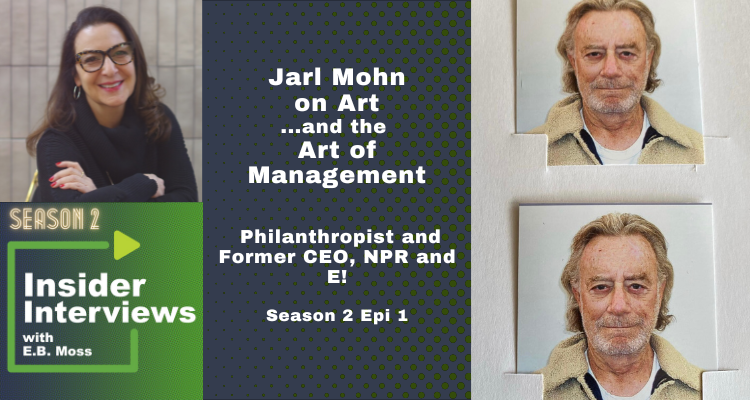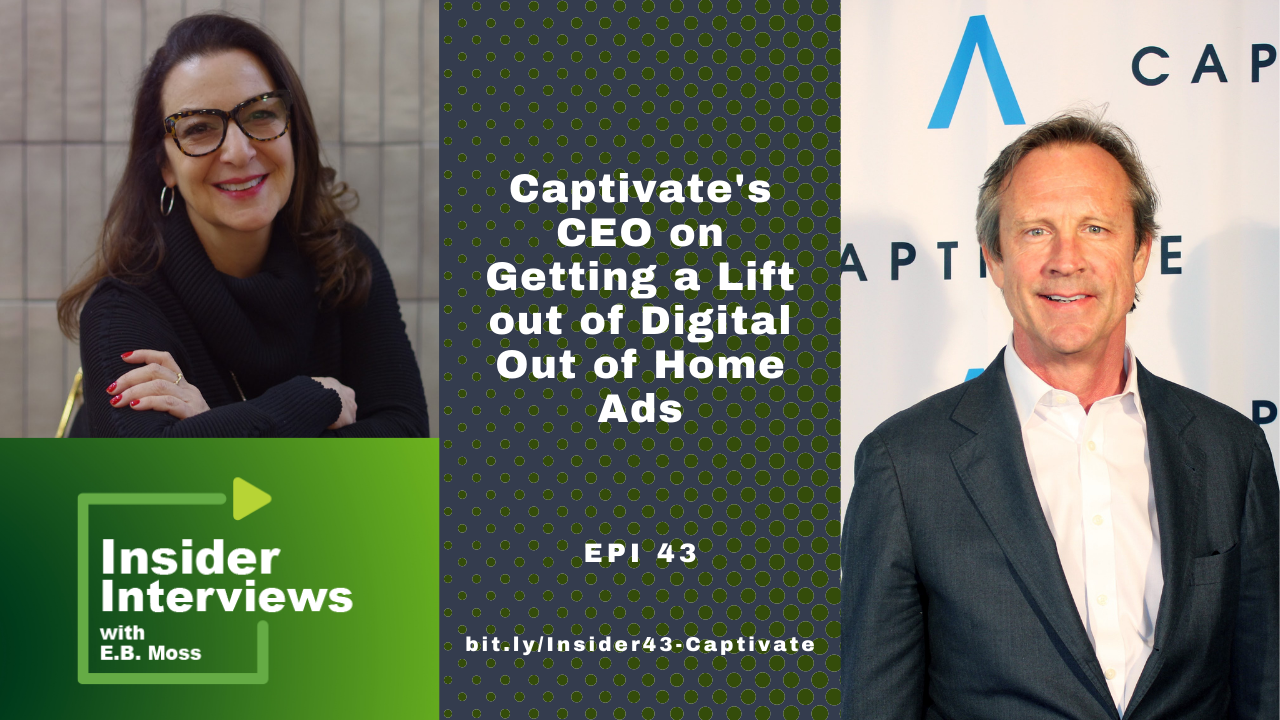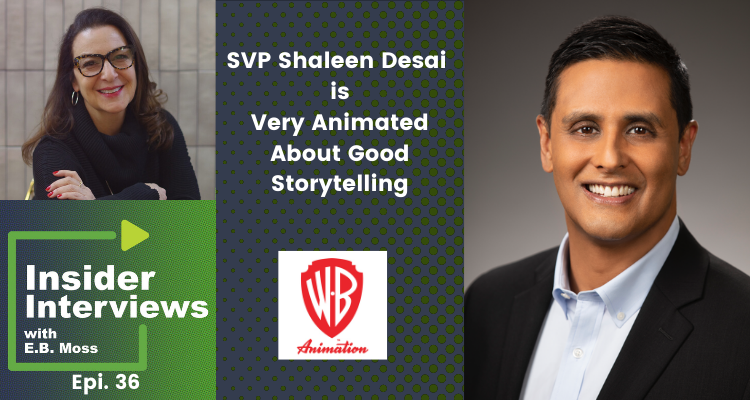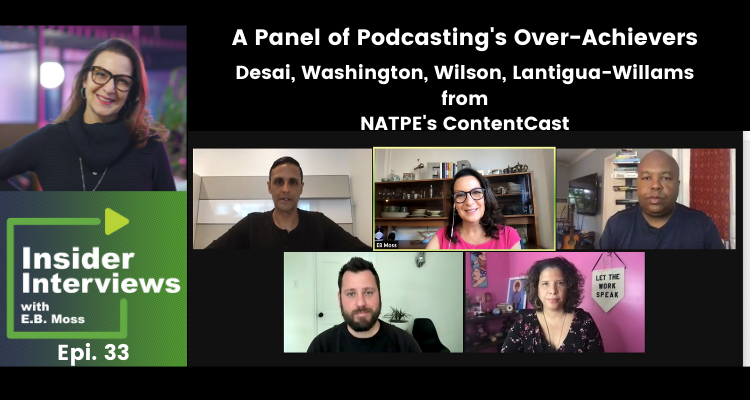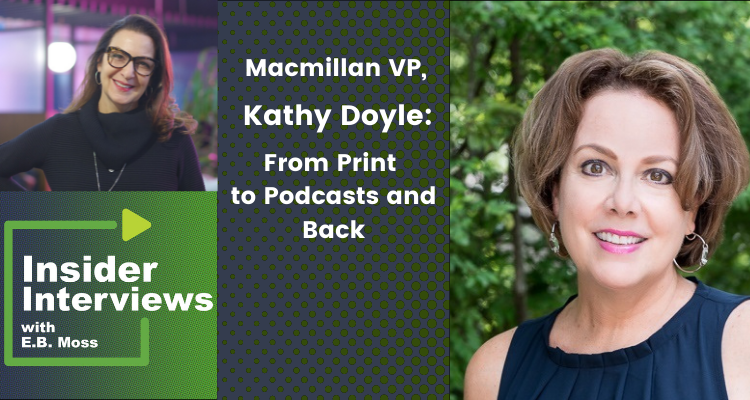Jarl Mohn on Art and the Art of Media Management
Podcast: Play in new window | Download (Duration: 36:44 — ) | Embed
Subscribe or Follow Spotify | Android | Pandora | iHeartRadio | TuneIn | Deezer | RSS | More
Just skim the career path of my first guest for Season 2 of Insider Interviews and you’ll understand why it was worth the wait of my past year on hiatus: It’s Jarl Mohn, former President and CEO of NPR…and E! Entertainment Television, the network he also created! Jarl’s career includes being hand-picked by former radio […]


